Turkey asks US to abandon northern Syria observation posts
Turkey and US also "committed to accelerated and concrete progress on the Manbij Roadmap" during meetings in Ankara
Turkey asked the United States to abandon its new military observation posts in northern Syria, the defense ministry said, while both sides agreed to accelerate progress on the roadmap for Manbij during meetings in Ankara, according to a joint statement.
National Defense Minister Hulusi Akar met U.S. Special Representative for Syria Engagement James Jeffrey on Friiday, December 7, and they discussed Manbij, Idlib and developments east of Euphrates, Turkey’s defense ministry said in a release.
Akar stressed that Turkey expects the U.S. to “end its relationship” with Syria’s mainly Kurdish People’s Protection Units (YPG) and abandon the observation points it is establishing in northern Syria, the ministry said.
Turkey views the YPG as inextricably linked to the outlawed Kurdistan Workers’ Party (PKK), which has waged a decades-long insurgency in Turkey, and is designated as a terror group by Turkey and its Western allies.
But the YPG is not a proscribed organization in the United Kingdom, United States or European Union and it forms the backbone of the U.S.-led Coalition-backed Syrian Democratic Forces alliance which is waging a successful campaign against Islamic State in Syria.
New administrative arrangements in areas of northern Syria under SDF control were formalized in 2016 with the creation of the Democratic Federation of Northern Syria, but Turkey refuses to recognise the territory on its border.
US puts military observation points in northern Syria
U.S. defense secretary James Mattis said on November 21 that the military was “putting in observation posts in several locations up along the … northern Syrian border,” adding that the U.S. was “consulting closely with Turkey.”
He said that the military would “track any threat that we can spot going up into Turkey,” and that they would be “very clearly marked locations day and night” so that the Turkish military knows exactly where they are.
Mattis said the U.S. did not dismiss Turkish concerns.
“They don’t like our relationship, and I understand where they’re coming from. But we do not say that YPG is the same as PKK, and the Syrian Democratic Forces, the SDF, who have lost thousands of troops killed and wounded fighting ISIS,” he said.
Mattis said that the installation of observation points was designed to “make sure that the people we have fighting down in the MERV are not drawn off that fight, [so] that we can crush what’s left of the geographic caliphate,” adding that the SDF had been “distracted by the instability up around Afrin and Manbij, and so they were not staying fully focused.”
Mattis was referring to a brief halt in the fight against ISIS in eastern Syria.
The SDF announced on October 31 it was suspending its operation against ISIS after Turkey fired across the border at militia posts in northern Syria over a period of days in late October and early November.
In an attempt to defuse tensions, U.S. troops carried out patrols in DFNS territories targeted by Turkey.
The fight against ISIS in the Hajin area of eastern Syria resumed on November 11, following what the SDF said were “intensive contacts” with the international Coalition and “strong diplomatic activity” to defuse the crisis.
During a November 27 press briefing, Coalition spokesperson Colonel Sean Ryan said the process of securing locations for observation posts was ongoing.
“U.S. forces are establishing observation posts in northeast Syria to further deny escape routes to ISIS, who may try to flee the MERV into Turkey to the north,” Ryan said. “These observation posts will provide additional transparency and will better enable Turkey’s protection from ISIS elements.”
“[W]e’re still looking at locations right now. I can’t tell you the number we’re going to install because that’s operational security, but we’re looking at appropriate space and then we’ll go from there once we find that,” Ryan added.
The same day, the first U.S. observation post was reportedly established near Tal Abyad, one of the areas targeted in cross-border fires from Turkey.
A total of five posts will be established – three in the Tal Abyad area and two in Kobani – local security sources told Kurdistan 24 in late November.
The recent halt in the SDF fight against ISIS was not the first. Earlier this year, the SDF fighters withdrew to defend the Efrin enclave after Turkish military forces backed Syrian opposition fighters to take region from the YPG in a two-month air and ground offensive called Operation Olive Branch.
There was no ISIS presence in Efrin.

Progress on Manbij roadmap to ‘accelerate’
The “roadmap” for Manbij was on the agenda of a Friday meeting of the Turkey-U.S. High-Level Working Group on Syria.
During the meeting, officials from both nations’ ministries of defense and foreign affairs met in Ankara and discussed “the promotion of stability and security in Syria,” according to a joint statement.
“Both sides reaffirmed their resolve to fight terrorism in all its forms and manifestations originating from within Syria and beyond,” the statement said
“They committed to accelerated and concrete progress on the Manbij Roadmap by the end of the year” and “agreed to continue to work on joint planning with regard to other areas as mentioned in the Manbij Roadmap,” it said.
In early November, the U.S. and Turkey launched joint patrols near the northern Syrian city of Manbij as part of a the roadmap agreed in June that saw the YPG withdraw from the city.
The SDF captured Manbij from ISIS on August 12, 2016 after a 75-day battle later named “Operation Martyr and Commander Faysal Abu Layla” after the SDF commander who was killed during the battle.
At the same time, Turkey launched Operation Euphrates Shield to capture ISIS-held territory to the west of the Euphrates and prevent the SDF from expanding territory it had captured from the jihadists around Manbij, creating a tense front line near the city.
Fighters from the YPG and Women’s Protection Units (YPJ) made up the bulk of those deployed in the operation, and the YPG later said it handed its points of control west of the Euphrates river to Manbij Military Council, as it had agreed ahead of the offensive.
Turkey has long disputed this version of events, but the YPG announced on June 5 that it was pulling those remaining advisors from Manbij, a day after the U.S. and Turkey agreed to a roadmap for Manbij.
The contents of the roadmap are not public, but according to Turkey’s state news agency Anadolu it includes the ‘establishment’ of a local government and a military council to provide security.
Manbij already has both of these structures, and MMC spokesperson Shervan Derwish told The Defense Post the U.S. and the Coalition pledged to protect the city before the council agreed to allow the joint patrols.
A U.S. State Department official said at the time that “critical elements of those structures we would anticipate would remain in place,” while Derwish said they were assured that “nobody will be added to this council without our approval.”
Kurds tie northern Syria stability to continued US military presence

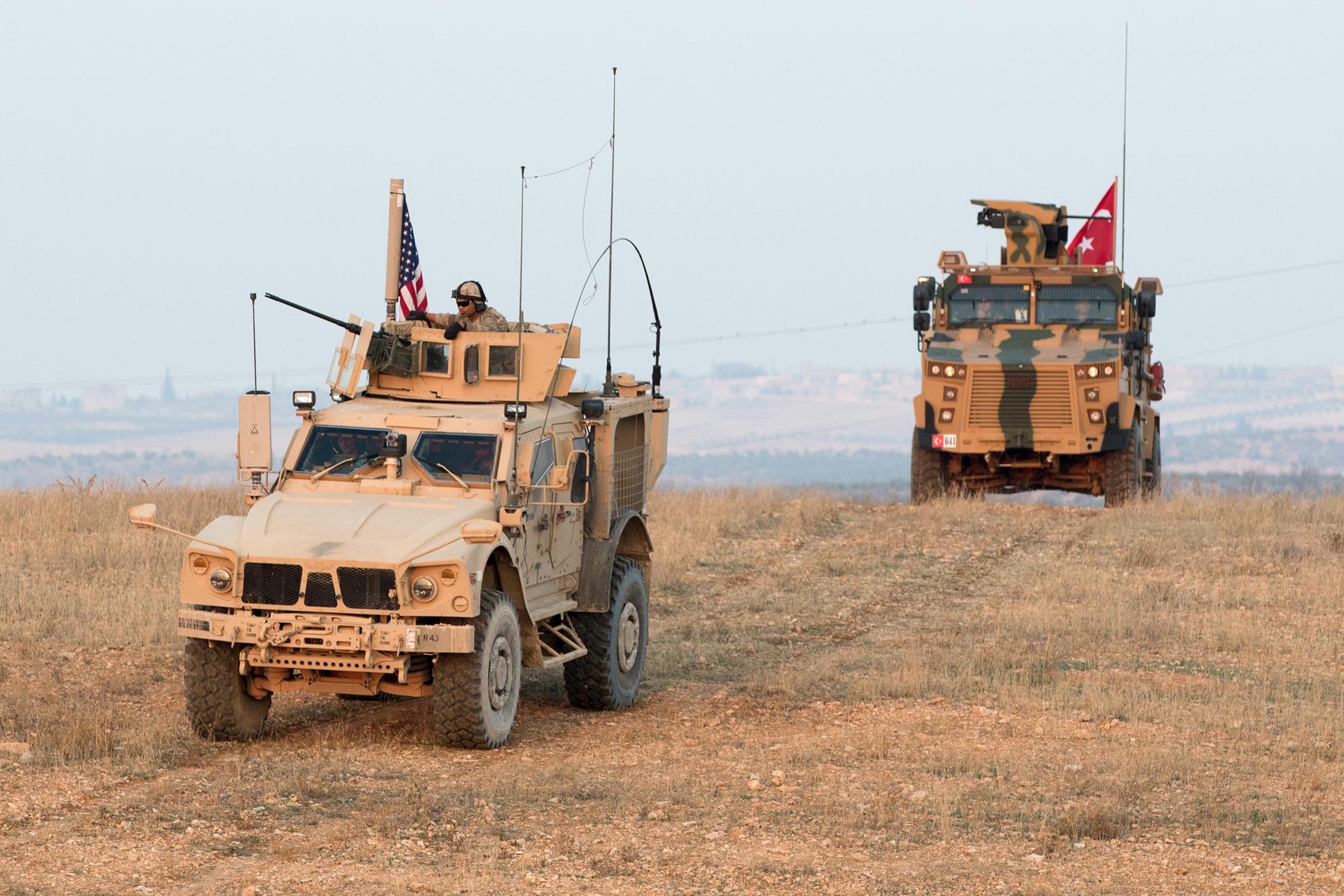

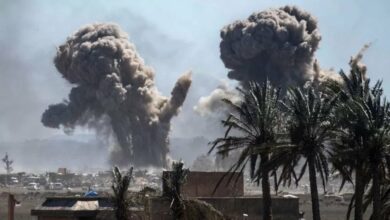
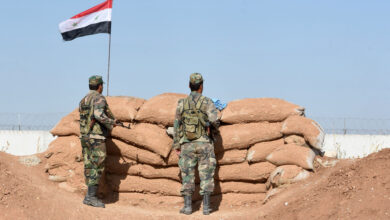
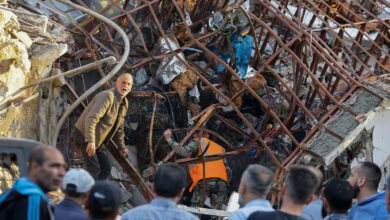

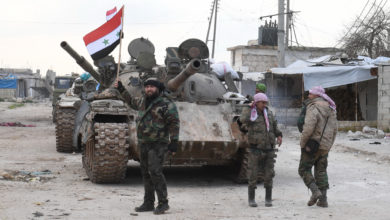
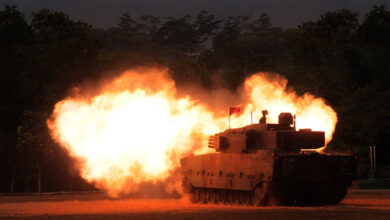

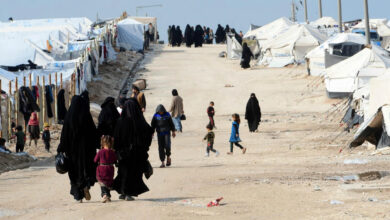

One Comment